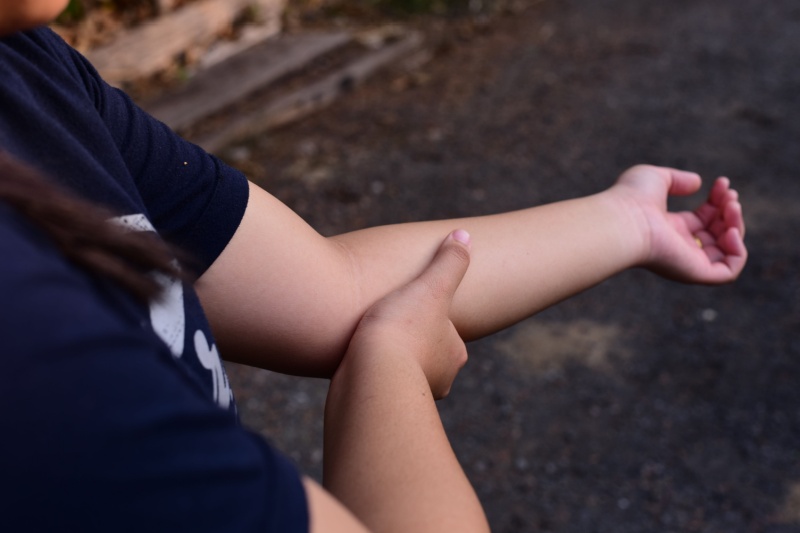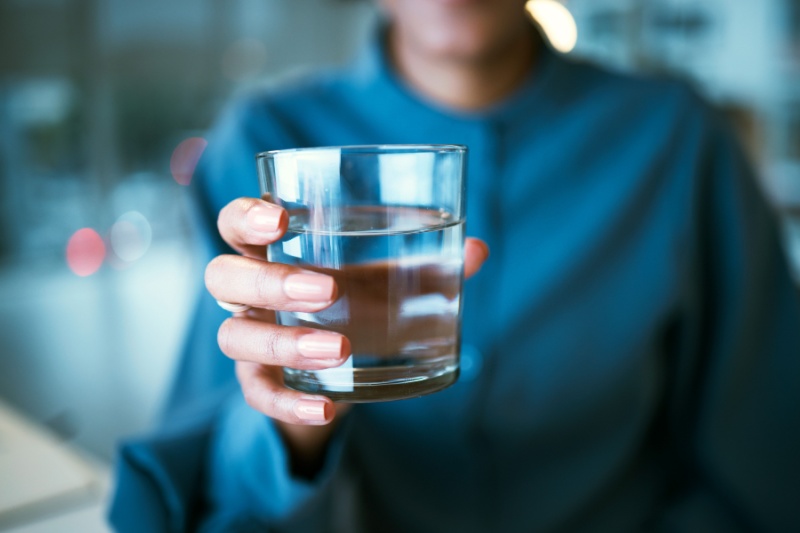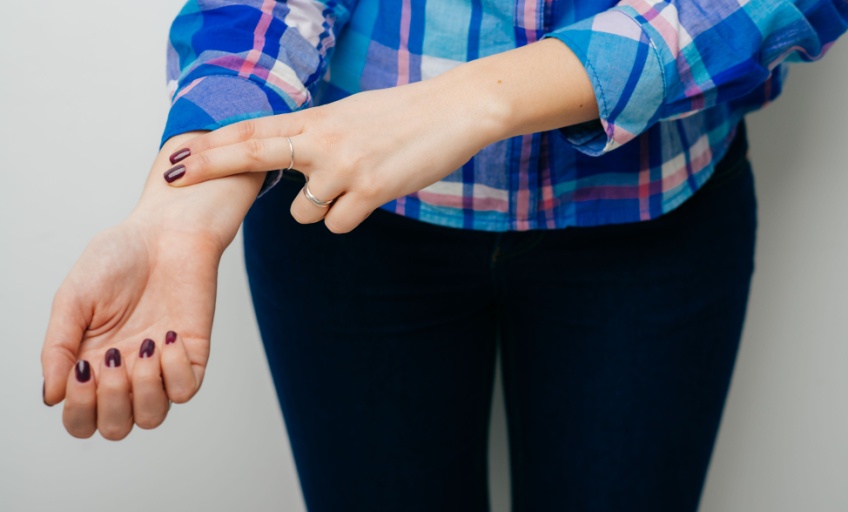Have you ever felt your muscles go sore after a workout? That’s just pain leaving your body. Delayed Onset Muscle Soreness (DOMS) is the muscle pain that starts when you are done with your workout. It usually starts one or two days after your workout.
What you need to know:
- What is delayed onset muscle soreness (DOMS)?
- Recognizing the signs of DOMS
- Effective relief strategies for DOMS
- Effective strategies to minimize DOMS
What is Delayed Onset Muscle Soreness (DOMS)?

DOMS is not felt during a workout. Pain felt during or immediately after a workout is called acute muscle soreness, which is different from DOMS. DOMS symptoms typically occur up to at least 12 to 24 hours after a workout. The pain peaks at about one to three days after your workout and then usually eases. No matter what your level of fitness, DOMS may affect you after you are done working out.
What causes DOMS?
Any high-intensity exercise like short bursts of running, burpees, mountain climbers, jumping jacks or squat jumps, can cause DOMS, but exercises that cause you to tense a muscle at the same time you lengthen it particularly trigger DOMS. DOMS mostly affects your lower body and abdomen.
Microscopic tears
High-intensity exercises can cause tiny, microscopic tears in your muscle fibres. Your body responds to this damage by increasing pain, which may lead to DOMS.
Inflammation
Your body responds to microscopic tear damage by increasing inflammation, which may lead to a delayed onset soreness in muscles (DOMS).
Recognizing the signs of DOMS
How do you differentiate DOMS from muscle strain? DOMS usually stops once you get moving as the blood flows in your body. However, muscle strain due to injuries doesn’t get any less painful.
Symptoms of DOMS include:
- Pain when stretching muscles, leading them to become contracted and tight
- Muscles that feel tender to the touch
- Reduced range of motion due to pain and stiffness when moving
- Swelling in the affected muscles
- Muscle fatigue
- Short-term loss of muscle strength
Effective relief strategies for DOMS
You can follow the strategies given below to relieve symptoms of DOMS:
Gentle exercise and stretching
Try some gentle movement throughout the day to lessen the soreness. Stretching is very helpful to your recovery. To keep your muscles moving, try gentle yoga poses like – child’s pose, cat and cow stretches or some low- to moderate-intensity walking, cycling, or swimming.
Sufficient rest and recovery
If your DOMS is bad, you may need to take a day, or sometimes multiple days, of complete rest to give your muscles a chance to repair. Skip any kind of high-intensity workout like – mountain climbers, push-ups, planks or jumping jacks, when sore, so that it does not worsen your DOMS.
Cooling down with ice therapy
A 10- to 15-minute full-body immersion in a cold water bath (50–59°F or 10–15°C) lessens the degree of DOMS.
Adequate hydration

One study found that men who exercised in hot, humid temperatures had a big dip in muscle soreness when they drank water before, during, and after exercise.
Effective strategies to minimize DOMS
You can implement the strategies given below for delayed onset muscle soreness relief:
Proper warm-up and cool-down routines
Spend 5 to 10 minutes before your workout doing some dynamic stretching. After your workout, spend 10 to 20 minutes in some cool down activity. This will lead to decreased soreness in the muscles later.
Gradual progression in workout intensity
Take your workouts to the next level of intensity, one small step at a time. This can help you safely build your strength and endurance while minimizing the effects of DOMS.
Fueling your body for performance
Eating certain foods or supplements may ease DOMS. Consuming protein before exercise can help provide amino acids to muscles, potentially reducing damage. A combination of protein and carbs post-workout can enhance recovery.
While any kind of pain may seem daunting at first, it shouldn’t stop you from working out and benefiting from it. If DOMS strikes, take effective measures to ease the discomfort while your body recovers. Most of all, be patient. With time, DOMS will occur less often as your body adapts to working out in a better way.
Stay tuned to the Activ Living Community. Keep up to date with the latest health tips and trends through expert videos, podcasts, articles, and much more on nutrition, fitness, mindfulness, and lifestyle conditions like Asthma, Blood Pressure, Cholesterol, and Diabetes. Activ Living ke saath sahi sehat ki shuruat ABHI karo.
You may also be interested in the following blogs:
- Stretch More To Stress Less. Reach Your Fitness Goals Faster
- 3 Bosu Ball Exercises For Superior Strength And Balance
Popular Searches
How to lower blood pressure | Fruits good for liver | Unhealthy foods | Ragi Benefits | Basal Metabolic Rate | Acupressure points for High Blood Pressure | Ayurvedic medicine for blood pressure | How to control cholesterol at home | Homeopathy for Asthma | Biological Age | Home remedies for TB | Natural beta blockers | Negative effects of internet | Types of walking | Blood pressure calculator | Blood sugar calculator | BMI Calculator





 1800-270-7000
1800-270-7000






